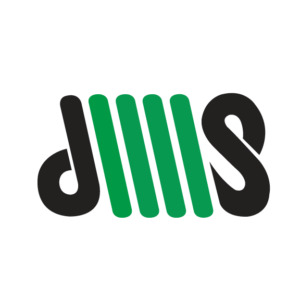Manufacturers across the U.S. are feeling the pressure of rising tariffs on imported materials, components, and machinery. In response, many are implementing strategies aimed at offsetting tariff costs while maintaining operational resilience and profitability.
Raising Prices to Offset Tariffs
One of the most direct strategies is passing costs along to the customer. While not always feasible, many firms are able to increase prices to reflect the impact of tariffs on raw materials and equipment. Some industries have passed on up to 80% of these costs — but not without risks. Competitive pressures, long-term contracts, and price-sensitive customers may limit how far manufacturers can go with this strategy.
Tariff Engineering and Product Redesign
Tariff engineering is gaining popularity as a legal and strategic method of offsetting tariff costs. This involves altering product materials or classifications to reduce the applicable duty. In some cases, companies are removing or modifying components in order to qualify for a lower tariff bracket.
It’s a high-effort move — but one that can provide meaningful savings for industrial manufacturers shipping high-volume or high-value parts.
Reshoring and Supply Chain Diversification
Many manufacturers are exploring reshoring supply chains to reduce exposure to tariff-heavy regions. Others are pursuing nearshoring to Mexico or diversifying supplier networks across Southeast Asia.
Companies like GM and Ford have publicly committed to increasing U.S. production and reducing dependence on Chinese-made components — a trend mirrored by mid-sized OEMs in machinery, automotive, and electronics.
This restructuring not only helps in offsetting tariff costs, but also enhances supply chain stability and responsiveness.
Logistics Workarounds and Routing Shifts
Some manufacturers are revisiting shipping routes to lessen the impact of tariffs. Routing shipments through countries with favorable trade agreements or altering the country of origin can reduce costs — but this must be done carefully to avoid violating customs rules.
Operational Cost Control
When external strategies aren’t enough, manufacturers turn inward. Cost-cutting through lean initiatives, automation upgrades, and renegotiation of supplier contracts can help maintain margins. This may not immediately offset tariff costs, but it builds a long-term buffer.
Key Takeaways for Industrial Suppliers
If you’re in components manufacturing, springs, tooling, or OEM supply, these strategies are increasingly relevant. Whether you’re importing raw materials or exporting finished goods, proactively planning around tariffs is essential.
Offsetting tariff costs isn’t just about reacting — it’s about designing resilient sourcing strategies, transparent pricing models, and smarter logistics for the future.

